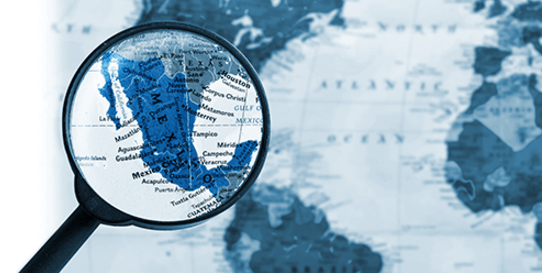Mexico imported capital goods for a value of 30.805 billion dollars from January to August 2022, an increase of 19.9% year-on-year and a record, according to data from the Bank of Mexico (Banxico).
To be taken into account as a definition: imports of capital goods consist of the total value of transactions carried out for goods that allow the production or transformation of other goods, whether consumer, intermediate or capital goods, and that enter the national territory through a customs declaration in compliance with the provisions of the Customs Law and Regulations in force.
In general, these imports are an indicator that gives an idea of the direction of future production.
At the end of the 1970s, according to a review by the Ministry of Economy, Mexico’s economic expansion lost momentum, encouraged by the difficulties in substituting imports of high-tech capital goods. Public spending became the engine of growth.
In particular, in 1977, the government launched an ambitious development program financed by the vast inflow of oil revenues and foreign debt.
This oil boom was short-lived. Fiscal and exchange revenues, increasingly dependent on oil exports, became very vulnerable to external changes.
Subsequently, imports of capital and intermediate goods grew rapidly, causing an outstanding trade deficit.
Mexico’s capital goods imports
Until 1984, Mexico’s industrial policy was still oriented toward intervention in specific sectors. The Programa Nacional de Fomento a la Industria y Comercio Exterior (PRONAFICE) outlined that year came from the idea that selective import substitution of capital goods would restart economic growth, and allowed the public sector an important role in promoting industrialization.
But PRONAFICE was never implemented due to the lack of fiscal resources and, more importantly, the sharp turn in the orientation of economic policies against state intervention in the productive sphere.
FDI
Then, in the early 1980s, following the most dramatic balance of payments crisis Mexico had suffered in decades, President de la Madrid (1982-1988) began to establish a series of economic reforms to move the economy away from its traditional state-controlled development strategy.
This new strategy focused on trade, financial liberalization and the deregulation and privatization of Foreign Direct Investment (FDI).
It was also accompanied by a radical shift in industrial policy away from sector-specific policies and towards so-called horizontal policies.
This radical change had a considerable impact on manufacturing by eliminating most, if not all, of the subsidies and fiscal stimuli that this sector had traditionally received.
These reforms began timidly in 1984, but soon gained speed through the unilateral reduction of tariff and non-tariff barriers to foreign trade and the signing of international agreements.

